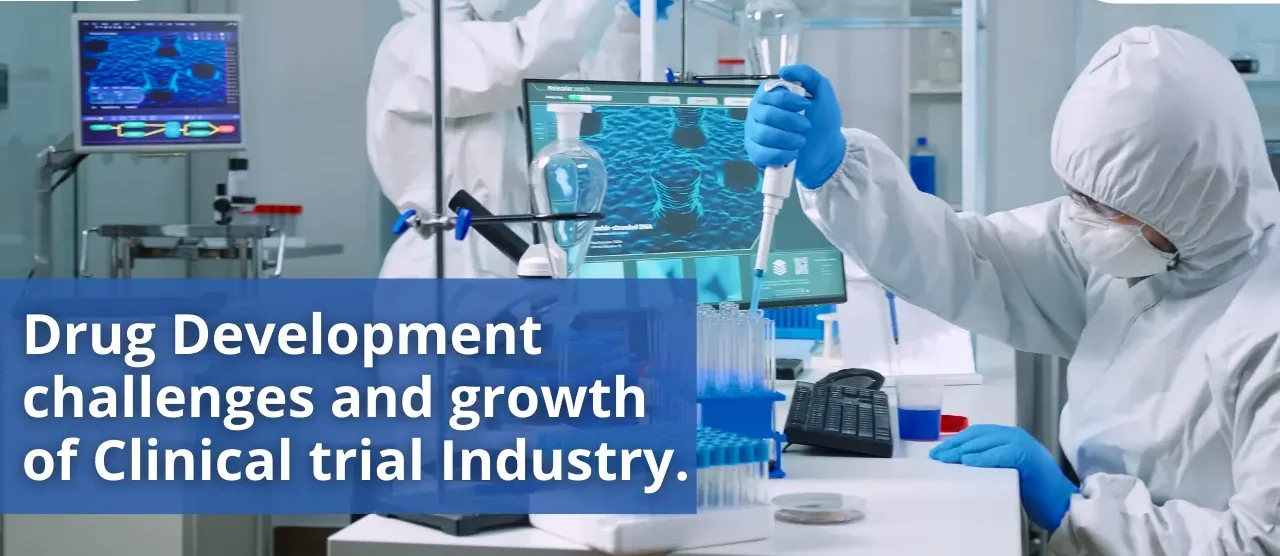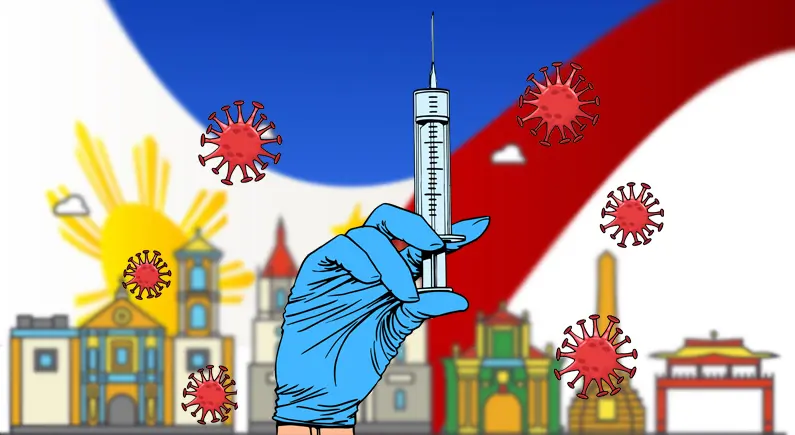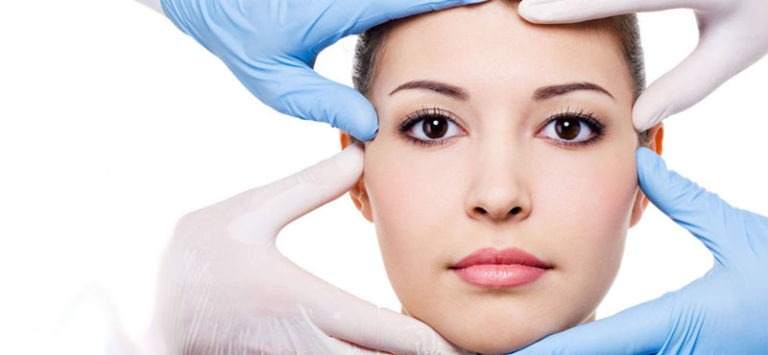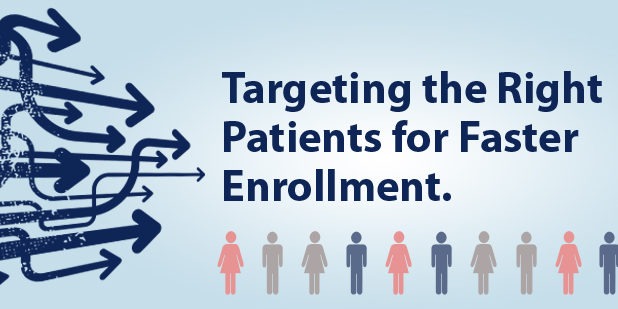Clinical trials are research studies that are performed on human beings, either healthy volunteers or diseased patients. Each clinical trial is done to answer the scientific questions and to find out the better ways to prevent, diagnose or treat a disease, syndrome, or disorder and also to compare a new treatment with that which is already available and is in use. For the successful conduct and completion of a trial, patient recruitment is a critical and challenging step. Without patients, clinical research doesn’t happen. Medical advances depend on their participation. Sometimes due to the following mistakes, patient recruitment gets affected that results in the delay in the completion of the trial, thus also affecting the CRO’s and Sponsors relationship. These mistakes along with steps to correct them are given below:
1. Complex Protocol:
A complex protocol is one of the reasons that participants refuse to participate in the study. Protocol preparation is the first and critical step in the designing and conduct of the clinical trial. If the protocol is too complex then the study won’t apply to a significant portion of the patient population. Complexity in the protocol can cause confusion for study subjects and if people will not understand the protocol, they would not like to participate, no matter how beautifully the things are designed or executed. So the protocol must be simple and should be designed by incorporating the patient’s perspective, to promote enrollment and realistically reach the available population.
2. Incomplete information:
Incomplete information in the recruitment material (ICF (Informed Consent Form), CRF (Case Record Form), etc.) is another cause. If the recruitment material doesn’t reflect the motivations of participants, then people would not like to participate. The person dealing with people or patients should know that why people do and don’t enroll for clinical trials. Recruitment materials should reflect the intent of the study.
3. Research Specifications of Inclusion and exclusion criteria:
A common mistake is the lack of research subject specifications i.e. inclusion and exclusion criteria. These criteria help other researchers to understand that why current results might differ from other published studies. For example specify the gender, parameters to assess for screening, etc. With too many inclusion/exclusion criteria requirements, willing people often are not able to participate because they don’t qualify. So the subject specifications must be clear, needful, and related to the study only.
4. Awareness of clinical trials:
Lack of awareness about clinical trials among the people may be one cause that they don’t participate in the study. If more people know about clinical trials, then there would certainly be more participation. So, it is important to educate the people about the clinical trials through pamphlets, brochures, media, etc. The encouragement from physicians, pharmacists, family, friends, and others can influence the decision of the people to participate.
5. Uncertainty about Patient Safety:
Fear about the outcome of the study may also force the people not to participate in the study. Unknown outcomes, uncertainty if a new treatment can help them, being experimented on, possible side effects, and receiving a placebo instead of an actual treatment are a few common fears of the people. As patient safety is the priority, so by ensuring patient safety, one can motivate the people to participate in a trial.
6. Communication between Participants & CRC:
Lack of communication between the participant and the person dealing with the participant is also one reason. It’s also important for the CRC or PI to be prepared to answer the questions that result from the promotion of study materials. If the person dealing with the subjects (PI (Principal Investigator) or his designee, CRC (Clinical Research Coordinator), etc.) would not be able to answer or clarify the doubts of the people, then they won’t participate in the study. So PI or CRC should have complete knowledge about the trial and should be able to clarify the participants’ doubts. CRC must inform the participant about the follow-up visits and should take the feedback from the participant on each follow-up, about any side effect, if they felt.
Inability to track the results may be one of the biggest mistakes that can be made in patient recruitment. It’s important to ask each participant that how they heard about the study. Sites can use metrics and analytics as hard data to justify why they need an increased advertising budget. So by analyzing what was effective and what didn’t work, helps to plan future recruitment, knowing what to continue doing and what to do to avoid making the same mistakes.










